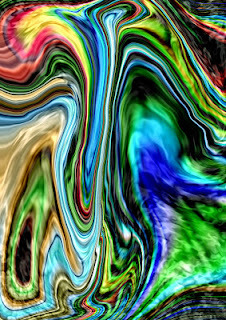Ideas
Avant-garde ideas continue to evolve, challenging cultural norms and inspiring new forms of artistic expression.
 Ideas are great things. Great ideas, if implemented successfully, could generate significant value of all kinds. Avant-garde ideas have historically been associated with movements that challenge established norms and conventions in art, literature, and culture. The avant-garde seeks to innovate and push boundaries, often embracing radical or revolutionary approaches. Here are some historical context and movements:
Ideas are great things. Great ideas, if implemented successfully, could generate significant value of all kinds. Avant-garde ideas have historically been associated with movements that challenge established norms and conventions in art, literature, and culture. The avant-garde seeks to innovate and push boundaries, often embracing radical or revolutionary approaches. Here are some historical context and movements:-Modernism: Spanning from the late 19th to mid-20th century, Modernism represented a break from the past, fostering experimentation across various art forms. It was marked by a search for new expressions and often involved a rejection of traditional forms and subjects.
-Realism and Impressionism: Artists and the Impressionists challenged academic traditions by focusing on everyday life and the effects of light and color. Their work laid the groundwork for subsequent avant-garde movements by emphasizing personal vision and subjective experience.
Post-Impressionism and Symbolism: Building on Impressionism, artists further explored color and form, leading to more abstract and symbolic approaches. Symbolists emphasized the role of the unconscious and imagination in art.
Theoretical Influences: The avant-garde has often been influenced by contemporary philosophical and cultural theories. In the late 20th century, postmodern artists and critics drew on theorists to critique and reinterpret art and culture, often emphasizing themes of resistance and intellectual mystique.
Avant-garde ideas continue to evolve, challenging cultural norms and inspiring new forms of artistic expression. There’s nothing wrong with lots of out-of-the box ideas as long as you couple them with some good analytical tools to make an objective assessment to achieve their commercial values.
Follow us at: @Pearl_Zhu



